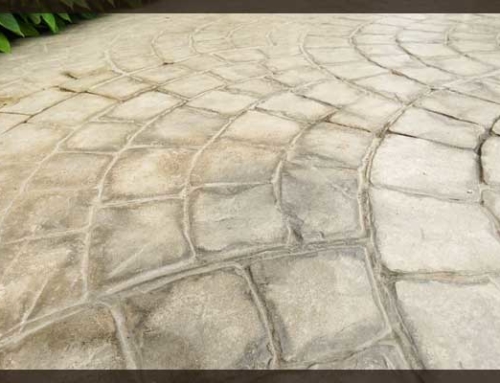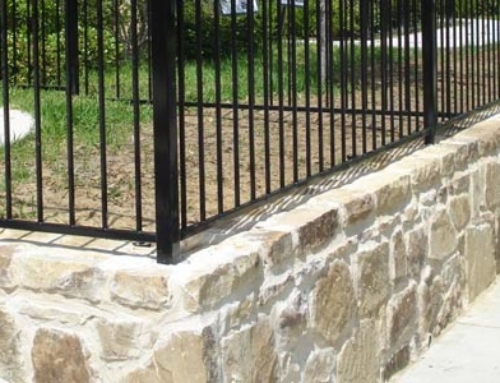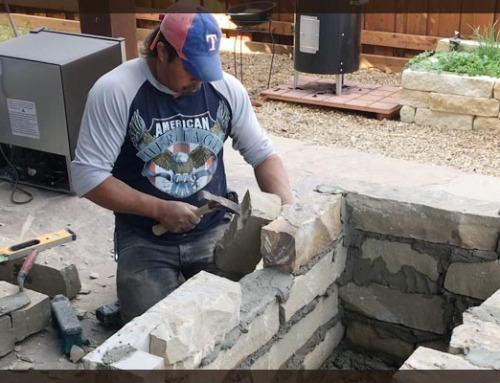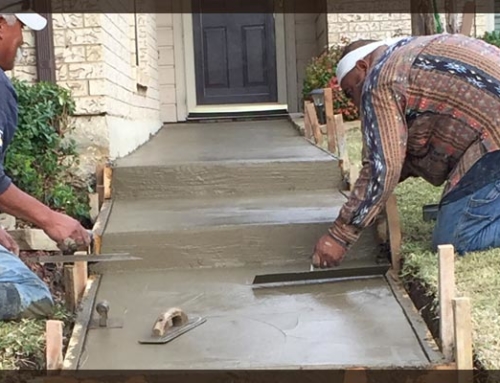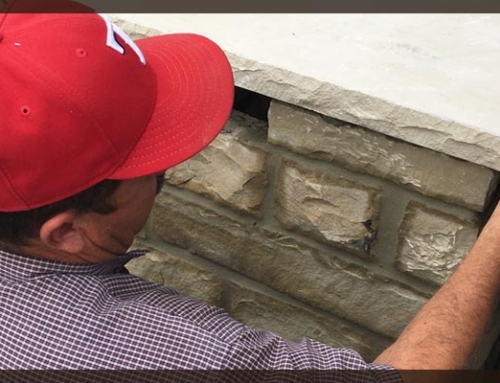When you see the exterior of your home every single day, it is hard to notice the little changes. This makes it challenging to keep the exterior of your home safe from damaged brick. Look out for the signs you might need brick wall repair If your brick is creeping up in age or if you have noticed any damage.
Do You Need to Brick Wall Repair?
If you have noticed a bowed wall, your brick is likely damaged and in need of repair. This damage can be caused by bricks that have absorbed moisture and therefore expanded, causing the bowing. The expansion actually breaks joints and places a lot of pressure on the center of the brick wall. If this damage is severe and one or more bricks have become dislodged, the repair will involve removing all bricks and rebuilding the wall.
A white substance on the surface of your bricks can also indicate damage. This substance is caused by efflorescence, which is the process wherein moisture draws salt out of the mortar and brick. This forms a slimy substance that, when evaporated, leaves the white powder behind. This powder indicates poor drainage or drying. While it is not damaging itself, it is a sign pointing to damage that is occurring on the inside. When efflorescence appears, our brick wall masons often suspect a clog in drainage somewhere within the wall. While this is usually the culprit, efflorescence can also result from damaged flashings and leaking pipes.
Diagonal cracking and sagging are also signs of damage. The cracking usually crops up along the corners of windows, while the sagging can be spotted in the middle of window headers. This can occur when the brick veneer system’s supporting shelf angles are deteriorating. These are steel pieces located on every floor and over windows. They are usually attached to concrete frames in order to provide the veneer support. They can also at times be around windows to support the window headers.
This damage is caused by either excessive moisture. Moisture causes shelf angles to corrode, dislodging them from their frame. When our brick wall masons repair this damage, they often use galvanized steel because it is more protected. They also sometimes incorporate soft joints for freer movement.
Likely the most obvious sign of deterioration would be missing mortar. Mortar is designed to be weaker than brick for a good reason, but this also means it will be the first to go. If the mortar is stronger than brick, moisture can be trapped behind the veneer. This promotes corrosion over time.
Speak to a contractor about tuckpointing when you notice your mortar missing or you sport the beginning of the deterioration process. Mortar joints will likely require brick wall repair every 15-20 years.
If you have noticed any of these signs on the exterior of your home, contact our office. You can then speak to a representative who can walk you through the process of scheduling brick wall repair with a trusted brick wall mason.


